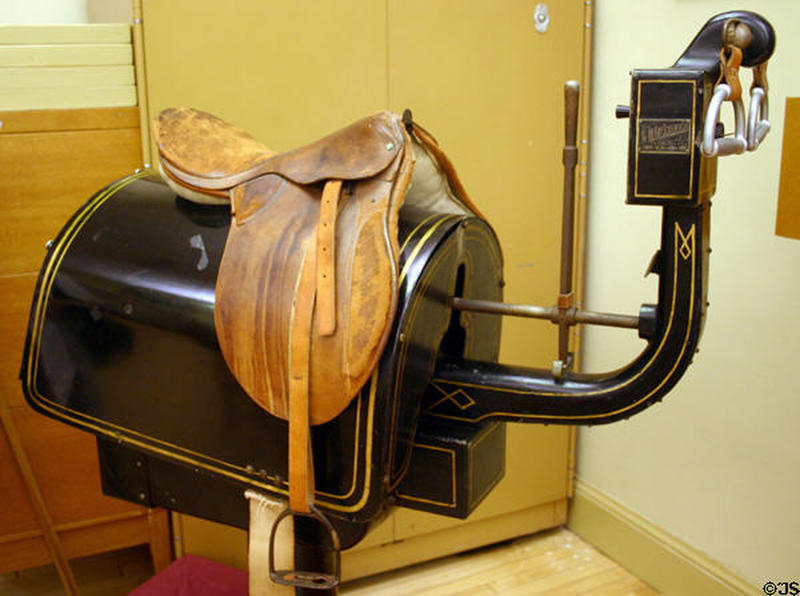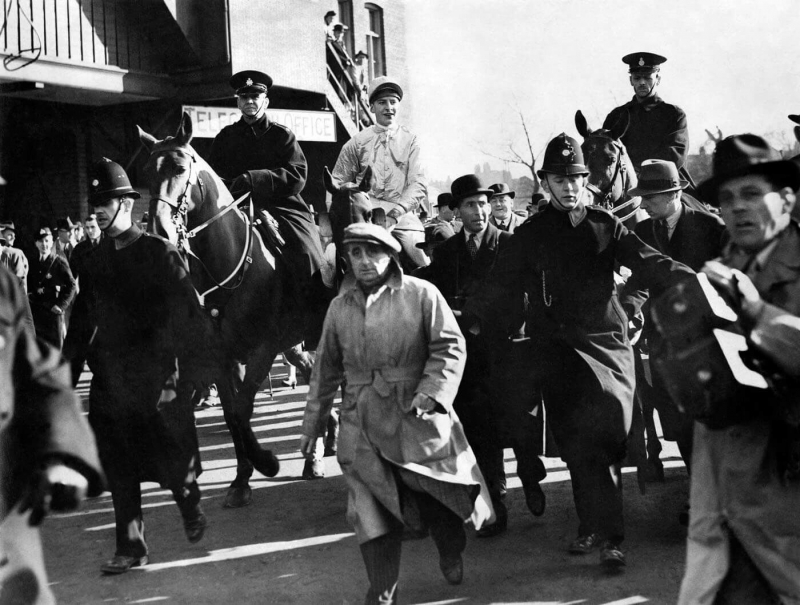Coolidge rode a mechanical horse for exercise
Coolidge had gained eight pounds by the time he arrived at the White House. However, in the days before Shake Weights and elliptical machines, how did an executive exercise? The electric horse appears. It was the creation of utopian physician John Harvey Kellogg, who is most known for inventing corn flakes in an effort to cure people of their habit of masturbating. As a supporter of better living through electricity, Kellogg created a variety of devices that promised to shake, vibrate, and shock sick people back to health. He asserted that "the riding horse," one of his devices for "automatic exercise," precisely replicated the single-foot and English trot gaits of a real horse.
Evidently, Coolidge shared this opinion. The president's electric horse was ridiculed by The New York Times in 1923, but the newspaper cited associates who believed that the president's power and endurance as a leader were attributable "in considerable measure to the attention he has given his electric horse." Coolidge rode it three times daily, moving from a canter to a gallop. Even though "the horse is not much for looks," the president's personal doctor informed The Chicago Tribune that it had certain health advantages. He proclaimed, "It is fantastic for the liver and good for reducing flesh." Until Coolidge had to call for an electrician to fix his horse after it went mad and bucked him out of the saddle, the tale was reportedly maintained a secret. Today, the president’s trusty horse stands in the Calvin Coolidge Presidential Library and Museum in Northampton, Massachusetts, a testament to the quiet president’s thrice-daily dose of whimsy—and fitness.









